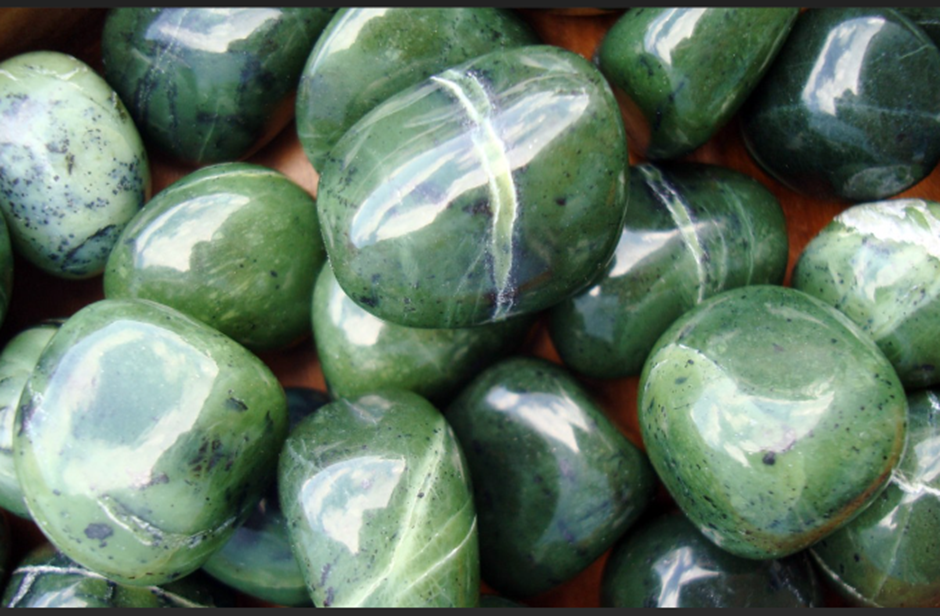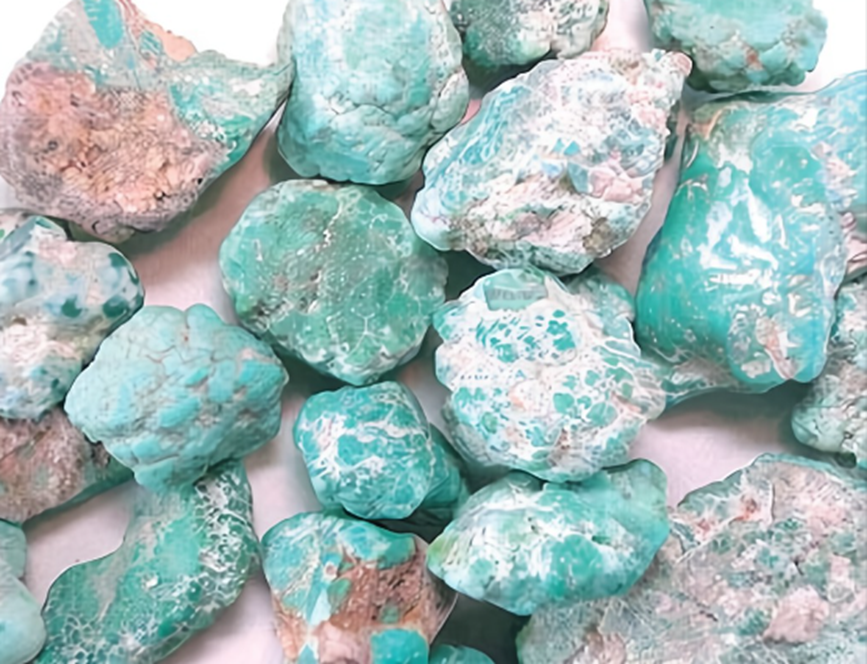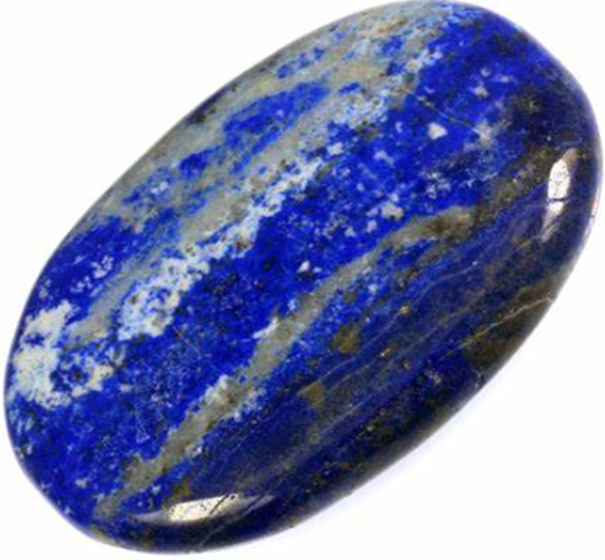Distinguishing Diagnostic Properties of Jade, Lapis Lazuli, and Turquoise
Both jade, lapis lazuli, and turquoise are gemstones with distinct chemical and physical characteristics. The study will present the distinctive diagnostic properties of the three. Color, composition, and unique physical and optical properties will form the basis of comparison.
Color
The three stones have contrasting colors when put side by side. Lapis Lazuli has a royal blue color with an intense tonality. On the other hand, turquoise stone has a brighter blue shade with a unique feature that ranges between a uniform mixture of blue and green. Jade, however, is associated mainly with green but shows six distinct colors, i.e., green, red, yellow, lavender, black, and white (Tao & Wong, 2020).
Mineral Composition
The three stones also have differences in terms of their mineral composition. Lapis Lazuli is composed of Lazurite, Calcite, and Pyrite. In this case, the Lazurite gives it the dominant blue color, the Calcite provides the stone with the white lines, while the Pyrite gives it the shiny golden inclusions (Karampelas et al., 2020). On the other hand, Turquoise is composed of hydrated sulfate, copper, and aluminum. Jade is composed of two minerals, i.e., Jadeite and Nephrite. Both minerals are silicate; however, Jadeite is pyroxene, while Nephrite is an amphibole.
Unique Physical and Optical Characteristics
Individuals can distinguish the stones with other unique characteristics such as pattern and inclusions. Lapis Lazuli possesses golden inclusions that are shown in the form of vertical lines and specks of golden glow particles that become more revealing when directed to a light source. On the other hand, Turquoise lacks golden and shiny inclusions but is matte and opaque. However, the stone has black or brown veins all over its surface. The Nephrite Jade has a graphite inclusion range from semi-graphite or meta-anthracite to crystalline graphite (Zhang et al., 2019). The stone has black spots that confirm the existence of iron in it. It also has white lines that show the presence of calcium deposits. The following pictures indicates the patterns of the respective stones; Figure 1: Jade

Source: https://www.bing.com/search?q=what+color+is+jade+stone&cvid=73d9ee0157c444a98dd2c4991fe52f27&aqs=edge.3.69i57j0l6.15073j0j1&pglt=41&FORM=ANNTA1&PC=U531
Figure 2: Turquoise

Source : https://www.bing.com/search?q=what+color+is+turquoise+stone&cvid=b07346cf2b38434abef78e31d63720d0&aqs=edge.4.69i59i450l8...8.91554j0j1&FORM=ANNTA1&PC=U531
Figure 3: Lapis Lazuli

Source: https://www.bing.com/search?q=what+color+is+lapis+lazuli+stone&cvid=77d6180c70e94c1997d2b3c709e2dcba&aqs=edge.3.69i59i450l8...8.93734938j0j1&FORM=ANSPA1&PC=U531
References
Karampelas, S., Kiefert, L., Bersani, D., & Vandenabeele, P. (2020). Gems and Gemmology. Springer International Publishing. T
ao, J., & Wong, J. (2020). The Confounding Mandarin Colour Term ‘Qīng’: Green, Blue, Black or All of the Above and More?. In Studies in Ethnopragmatics, Cultural Semantics, and Intercultural Communication (pp. 95-116). Springer, Singapore.
Zhang, C., Yu, X., & Jiang, T. (2019). Mineral association and graphite inclusions in nephrite jade from Liaoning, northeast China: Implications for metamorphic conditions and ore genesis. Geoscience Frontiers, 10(2), 425-437.